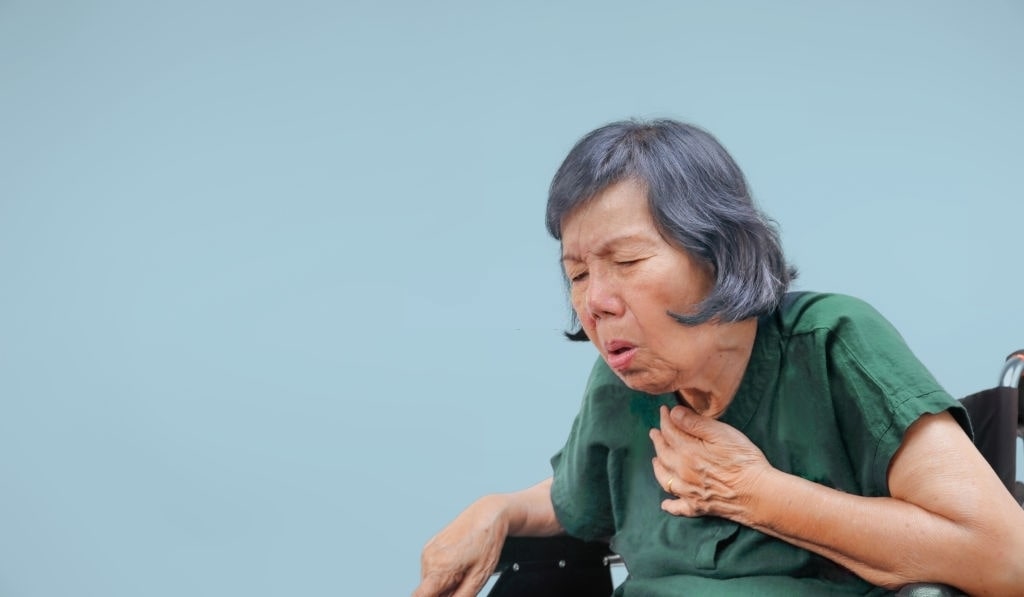
Foods and liquids are two major sources that contribute to choking among older adults. With aging, older adults have increased risks of choking due to having dry mouth, often caused by certain medications and their saliva drying up. Saliva possesses many important functions for our bodies as it helps with moisture, chewing, swallowing, and taste. Without saliva, challenges are presented with food digestion, causing foods and liquids to become lodged in the throat and blocking the airway.
The Ohio Department of Aging reports that choking and suffocation are the fourth leading cause of home injury death in the U.S. Statistics show there were approximately 4,963 choking deaths in 2020 related to food among older adults. Knowing the signs of choking is vital for caregivers to be able to act immediately to save someone’s life. Below are tips on what can be done and foods to avoid in order to decrease the incidence of choking among older adults.
TO HELP REDUCE CHOKING:
Do NOT attempt to:
- Drink fluids while eating
- Many do this to help food go down, but this can lead to choking
- Talk, walk, or laugh while eating
- Eat while lying down
- Drink alcohol while eating
Do’s for Safer Eating
- DO learn to eat slowly
- DO feed slowly as it takes older adults awhile to chew and swallow their food
- DO julienne the food (cut into thin strips)
- DO peel apples before serving. It is better to serve applesauce
- DO put less food on the plate to prevent eating too quickly. Instead, offer a second serving
COMMON FOODS THAT ARE CHOKING HAZARDS
- Water – Older adults tend to choke on thin fluid more often
- Hot dogs – remove the peel because it is a choking hazard and cut into slim pieces
- Steak or other big pieces of meat
- Large chunks of fruit (pineapples & apples)
- Bread – when paired with water, it expands and blocks the airway
- Cake – for the same reason mentioned above for bread
- Hard candy
- Popcorn
- Cold pizza – can get stuck in the airway
- Chicken with bones
- Dry foods – crackers, rice cakes, etc.
- White bread and peanut butter – when eaten together, it can stick together like glue and cause difficulty swallowing. Best if paired with jelly or jam
BEST FOOD CHOICES TO LOWER RISK OF CHOKING
- Fileted Fish
- Soups
- Ground meat
- Applesauce, pudding, and Jell-O
- Chocolate- will melt if it gets stuck in the process of swallowing
- Lightly toasted bread with jelly or butter
Knowing what to do when someone is choking can save their life. If you have training in Cardiopulmonary resuscitation (CPR) and notice someone is choking, you possess the training to help them. If not, call 911 immediately for help. For CPR training, The American Red Cross and The American Heart Association can help with finding affordable and convenient training for you.
WellPath Partners is your senior resource referral guide. Follow us on ALL social media platforms and join us weekly for more content and public health discussions.
By: Rasheeka Carriere
Senior Advising Intern at WellPath Partners
Health Science Student at California State University, Long Beach
